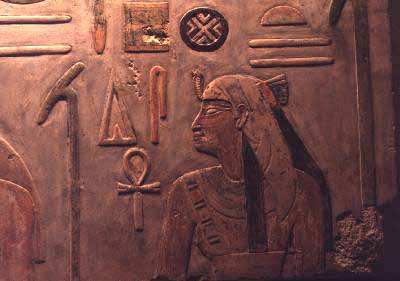
AUGUST 2007
RUNOKO RASHIDI
IN THE CAVES OF EGYPT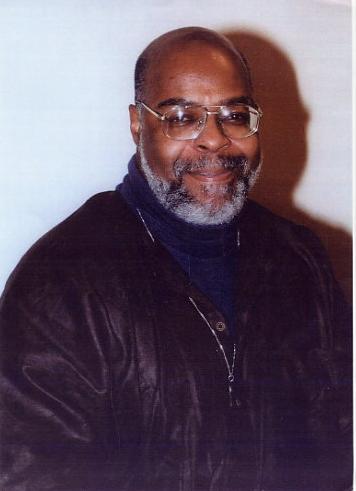
23 July 2007
Greetings Family,
How are you? I am confident that I am okay, but as of
right now if anyone were to call me crazy I would
probably not dispute them as I have spent the past three
days climbing in and out of cliff side tombs,scouring
isolated archaeological sites, and wandering in the
desert in Egypt in temperatures exceeding one hundred
degrees Fahrenheit.
To many, this may qualify me for the insane asylum and I
have to admit that some people here have been
looking at me as though I should be wearing a straight
jacket. Allow me to recap for you, and I will try not
to be overly long and rambling.
Early Saturday morning, July 21, accompanied by a good
driver, brother Abdul (my travel agent operations
manager), and a constant police escort, I left the
comfort of my deluxe hotel in Giza and headed south to
the border of Upper Egypt to the city of Minya.
For foreigners in Egypt this is regarded as dangerous
territory. It was not far from Minya, for example, in the
city of Mallawi, that the assassin of Anwar Sadat was
born, and the entire region has a reputation as a
breeding ground for Muslim fundamentalists. Minya would
be my base for three days of exploration and discovery.
Mid-morning Friday I passed through Minya but I did not
stop there. Instead, I went straight to the tombs of Beni
Hasan--a place that I've wanted to visit for at least
twenty-five years now, for here are located, as far as I
know, the first known depictions of martial arts on
earth. Ivan Van Sertima and I published photos from one
of the tombs in the first and second editions of the
African Presence in Early Asia anthology in 1982 and
1988. And here I was finally, face to face with them.
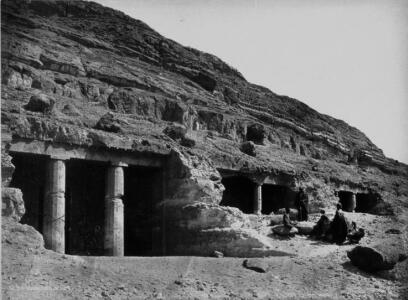
Of the thirty-nine tombs of African noblemen at Beni
Hasan, all dating to about thirty-eight hundred years
ago, only four are open to the public. With the help of
some small bribes, however, I was able to enter into six
of them. A few extra dollars placed in the right hands
goes a long way here!
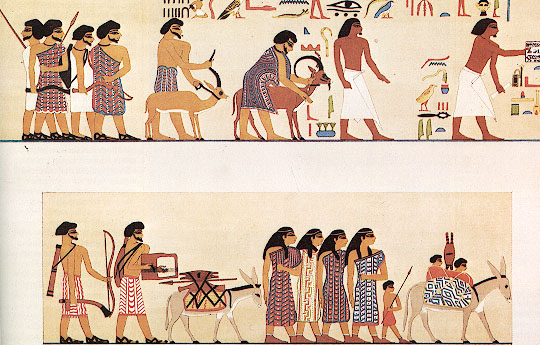
I first went into the tomb of the nobleman Baqet, where
the scenes of martial arts were brilliantly
done. This was followed by a visit to the tomb of Kheti
(where the scenes were even better than those of
Baqet's), followed by a visit to the tomb of Khnumhotep
(marked by exquisite green colored hieroglyphs), and then
Amenemhet's (the most magnificent tomb of them all). I
was spell bound to the extent that I barely remember the
rest of the morning.
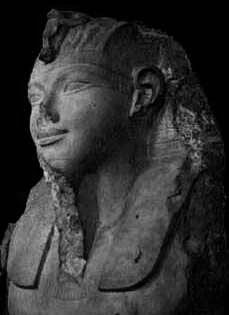 Amenemhet
Amenemhet
| Amenemhet Copyright © 2001 - 2007 by Aldokkan.com |
The whole experience was just
incredible, and gettingup to the tombs was no joke
either. The tombs are carved into the side of a cliff and
we had to climb a thousand steps to reach them. My legs
were like rubber and I hardly recall the last two tombs
that we entered. The intensely hot weather did not help
things either, and I descended the steps exhausted
physically and emotionally. Thank god I was able to get a
few photos.
>From Beni Hasan we drove farther south into the
desert. Among the highlights were the gigantic
remains of two stone baboons (representing the deity
Thoth) that once stood in front of a temple of the great
Amenhotep III, and a magnificent tomb of a fourth century
B.C.E. Egyptian high priest where the colors even now
remain bright and vivid. What a day!
Our adventure on Saturday equaled that of the previous
day. Driving even farther south, we visited the ancient
city of Ahketaten. Now known as Tell el-Amarna, this was
the marvelous capital of Akhenaten and Nefertiti. In
order to get there we had to drive through an untold
number of back ways and villages, and then cross over by
ferry to the west bank of the Nile.
Here I photographed the remains of Nefertiti's palace
(complete with swimming pool) and the meager remains of
what was once a great temple. But the true highlight of
the day was a journey into the tomb of Akhenaten himself.
Even the Discovery Channel could not have staged anything
as dramatic, and like Beni Hasan the day before, there
were no other tourists around. It was just us.
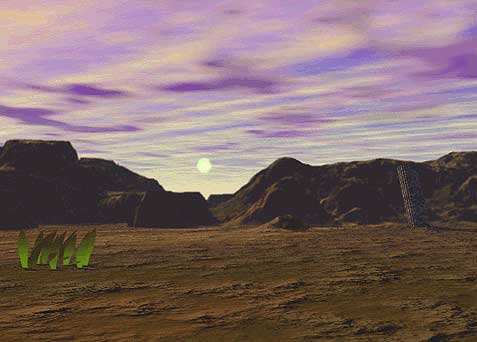
(Furthermore
Akhenaten's tomb was in line with this break further back
in the cliffs and therefore also in line with the rising
sun - Akhenaten was making himself into the Aten sun god
each morning, the birth of the sun each morning was from
his tomb, Akhenaten was showing that he was the one true
god, the only god by this action, and had gone much
further than any had gone before. www.ib205.tripod.com )
Akhenaten's tomb is simply enormous and contains several
large, rock cut chambers. The tomb was badly damaged
fourteen years ago as it was inundated by a major flood,
and you can still see a lot of the damage from the water.
On the walls, though, were excellent depictions of
Nefertiti and three of her daughters. And it seemed to me
that the shape of their bodies alone, more than anything
else, demonstrated beyond any doubt that they were
African women.
Nothing could really top what I had seen that morning but
another visit to a high cliff tomb belonging to one
Meryre came close. I went into I think four or five tombs
that morning but the tomb of Meryre had possibly the most
beautiful wall paintings that I have ever witnessed. They
just took my breath way. And, for the only time during
the three days, I saw a few other tourists, a small Dutch
group.
And then brother Runoko, with no fear, went boldly in the
town of Mallawi, home of Sadat's assassin, to tour the
local museum. I think that all of the local people
realize the town's reputation and when word got around
that someone from the United States was there everybody
in the museum went out of their way to welcome me and
make me comfortable.
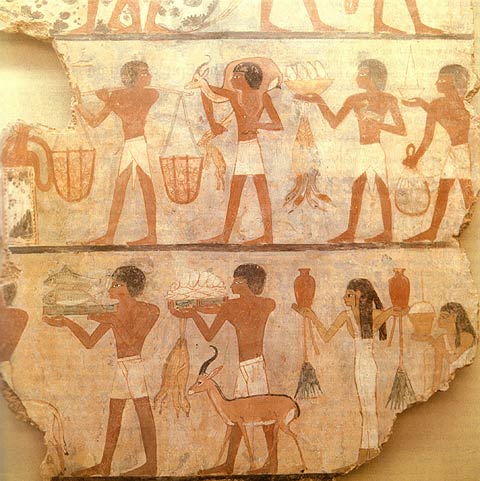
This morning we began the journey back to Giza with a
prolonged visit to the Fayoum Oasis--another area with an
anti-foreigner reputation. And, once again, we had a
police escort of eight men with machine guns. I have to
confess that it was a bit unsettling but their presence
did not stop us and we bribed them too in order to have a
little more flexibility in our movements. This time we
visited three pyramids. And again, there were no other
tourists.
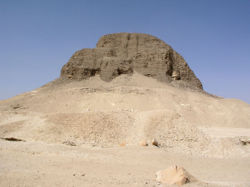
The first pyramid belonged to Senusret II of Dynasty
Twelve. Unlike the pyramids at Giza, this one was made of
mud brick but it was still wonderful to look at. We
followed this up with a visit to one of two pyramids of
Amenemhet III (my favorite monarch of all time). This
pyramid was also made up mud brick, but, like the one
before it, was splendid. I walked around the first
pyramid and this one I entered into the tomb chamber
itself until I was stopped by a deep pool of water.
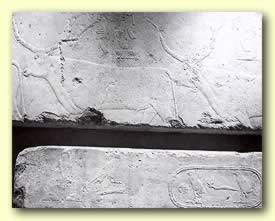 cartouche of Khufu in Amenemhet I's pyramid
cartouche of Khufu in Amenemhet I's pyramid
In front to Amenemhet's pyramid were the scanty remains
of the structure the Greeks called the "Great
Labyrinth" and described as the largest building in
ancient times.
The third pyramid we saw this morning was the pyramid of
king Huni, built between the time of Imhotep's Step
Pyramid designed for king Zoser in Dynasty Three and the
massive pyramids on the Giza Plateau from Dynasty Four.
So, to make a long story short, I had three days that I
will never, ever, forget. Your prayers must have worked
and instead of being intimidated by the dangers we faced
I became bolder and went with no fear. I actually had
fun, and ventured out every night, something I rarely do.
Tomorrow I revisit the Egyptian Museum in Cairo. I intend
to take my time and spend the better part of the day
there. I am specifically looking for a large fragment of
the beard of the Great Sphinx and the newly discovered
body of Makare Hatshepsut. God willing, I will post you
the results of my search tomorrow.
Right now though, I think that I'm going to take a little
walk. I have a lot of reflecting to do.
In love of Africa,
Runoko Rashidi Okello, safe and sound and on a roll in
Giza, Egypt
http://www.cwo.com/~lucumi/runoko.html
